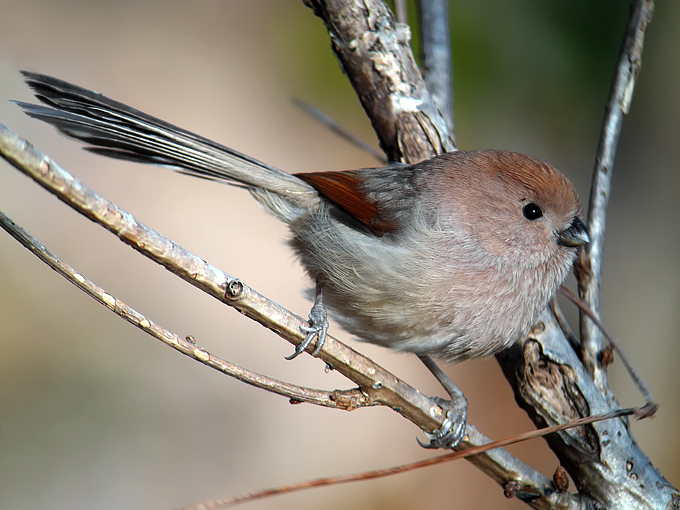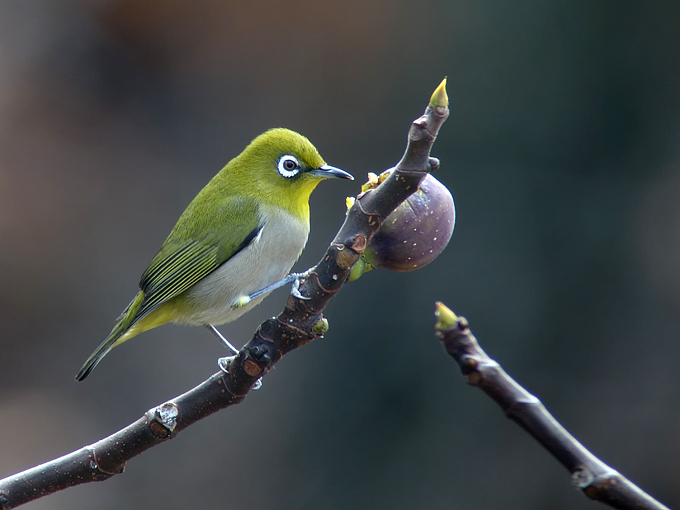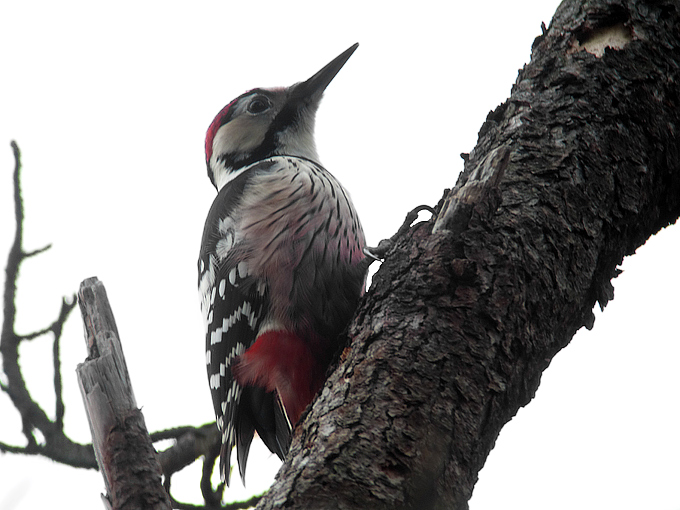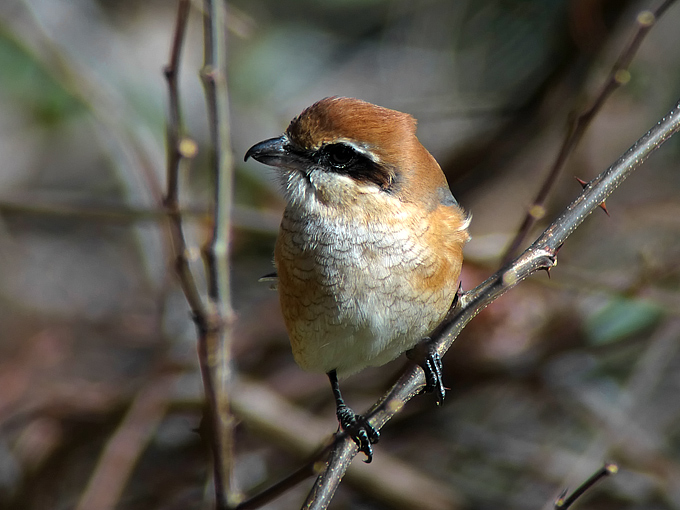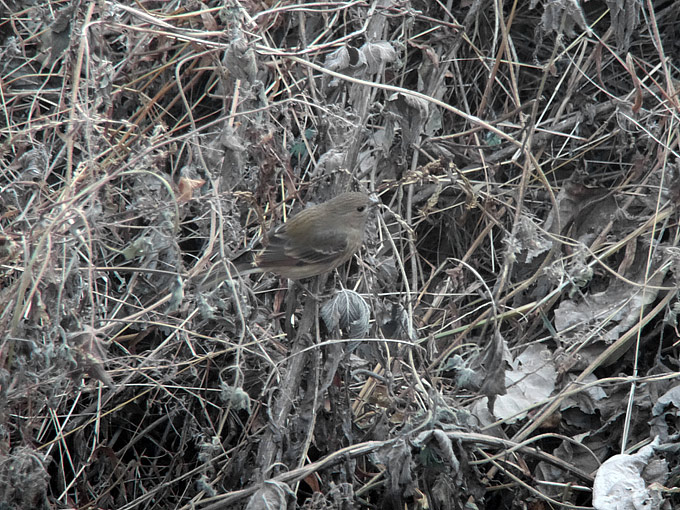Bird News from Nial Moores
In cool conditions on the 12th (2-3C at dawn rising to 7C during the day) and rather colder conditions on the 16th (3-4C all day, with a strengthening westerly wind and occasional snow-spit ahead of the next plunge of colder air), a mix of seawatching and walking the trails found a very decent mix of winter birds.
Over the sea most interesting on the 12th were loons, with 235 counted heading south between 10:05 and 11:20. All were small or medium-sized but too distant to be identified to species. Other species of note moving south over the sea included four Common Merganser, two Common Pochard and ten Ancient Murrelet. In addition, one group of 60 southward-bound Black-headed Gull found themselves under attack by a pair of Peregrine Falcon, and lost a First-winter in the process; and 31 Rook also came back-in-off, from the direction of Teima Do / Japan.
On the 16th, only 15 loons were counted moving south in 90 minutes, but these included two confirmed Red-throated Loon and one presumed Yellow-billed Loon (very distant, but obviously massive). Further seawatching highlights included two close-in Ancient Murrelet, and best of all one Long-billed Murrelet, which showed well in flight and then for a few seconds on the sea. This is at least my second record here. In addition, seven Black-necked Grebe, three (Asiatic) White-winged Scoter, three Common Shelduck (my first here) and a Glaucous Gull went south, along with several hundred Vega and Common Gulls and a dozen or so Slaty-backed Gull and Black-legged Kittiwake.
On the land, most numerous species both days was Vinous-throated Parrotbill, with several large packs of 100-300 birds rattling the undergrowth, and numbers in the park probably now close to 1,000 (presumably made up of both resident birds and those from adjacent areas?). Also present in high numbers were Eastern Great Tit (probably 150 or so on the 12th but only c. 50 on the 16th, including two quite bright-mantled birds), Yellow-throated Bunting (perhaps 50-100 on both dates) and Brambling (probably c.100), with lesser numbers of expected species including Brown-eared Bulbul (30-50), Goldcrest (20-30), Japanese White-eye (20), the four woodpeckers (Japanese Pygmy, White-backed, Great Spotted and Grey-headed), the other tits, and-half-a-dozen Bull-headed Shrike. Notable in their absence were Grey and Tristram’s Bunting, Yellow-bellied Tit and Light-vented Bulbul. Species of note included a couple of Red-flanked Bluetail, 2-3 Japanese Bush Warbler, 3-5 Siberian Accentor (on both dates), probably 8+ Eurasian Bullfinch on the 12th (but only one on the 16th), a sea-eagle heard only (probably a White-tailed Eagle), as it went off low over the trees on the 16th. More remarkable was a single Chinese Blackbird heard and three Common Rosefinch seen (including one red male) on the 12th. Both are very scarce in the southeast of the country, and although both overwinter very occasionally, these are perhaps the first mid-winter records of either species from this part of the country (?).
